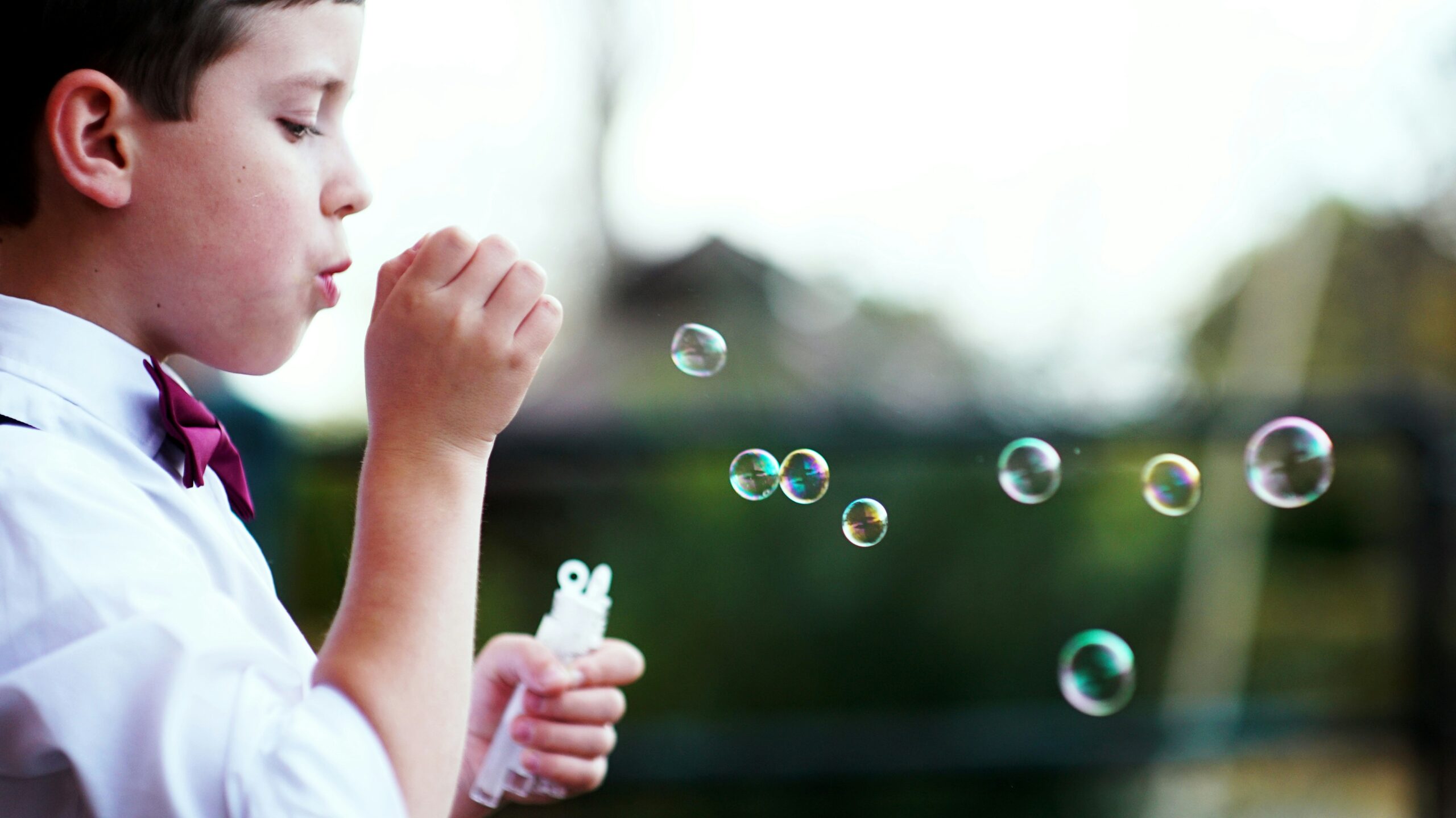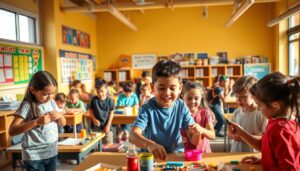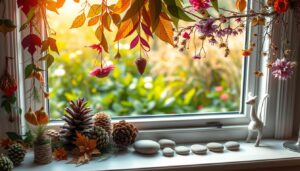Bubble Blowing Activities: Fun, Educational, and Creative Ideas for Kids
The Magic Behind Bubble Blowing Activities
Before diving into specific activities, let’s explore why bubble play deserves a spot in your regular rotation of children’s activities. These simple spheres offer surprising developmental benefits:
Physical Development
- Strengthens fine motor skills when manipulating bubble wands
- Develops hand-eye coordination when popping or catching bubbles
- Encourages gross motor movement through chasing and jumping
- Promotes breath control and oral motor skills when blowing bubbles
Cognitive Growth
- Introduces early science concepts like surface tension
- Builds cause-and-effect understanding
- Encourages observation and prediction skills
- Develops spatial awareness as bubbles float through air
Bubble play also offers sensory stimulation through the feeling of soapy solution, visual tracking of floating bubbles, and the satisfying “pop” sound. For toddlers and preschoolers, bubbles can even support language development as children learn descriptive words like “float,” “pop,” and “shiny.”
DIY Bubble Solution Recipes
While store-bought bubble solution works well, making your own allows you to customize the experience and engage children in the preparation process. Here are three effective recipes to try:
Basic Bubble Solution
- 1 cup water
- 2 tablespoons dish soap (Dawn or Joy work best)
- 1 teaspoon sugar
Mix gently to avoid creating foam. Let sit for at least 1 hour before use for best results. This simple solution works well for standard bubble activities.
Long-Lasting Glycerin Bubbles
- 1 cup water
- 2 tablespoons dish soap
- 1 tablespoon glycerin
- 1 teaspoon sugar
The addition of glycerin creates stronger, longer-lasting bubbles that won’t pop as easily. Perfect for bubble art and advanced activities.
Corn Syrup Alternative
- 1 cup water
- 2 tablespoons dish soap
- 1 tablespoon corn syrup
- 1 teaspoon baking powder
If glycerin isn’t available, corn syrup creates a similar effect. The baking powder helps bubbles form more easily and last longer.
Pro Tip: For best results, use distilled water instead of tap water. The minerals in tap water can interfere with bubble formation. Also, let your solution “rest” for several hours or overnight before use—this significantly improves bubble quality!
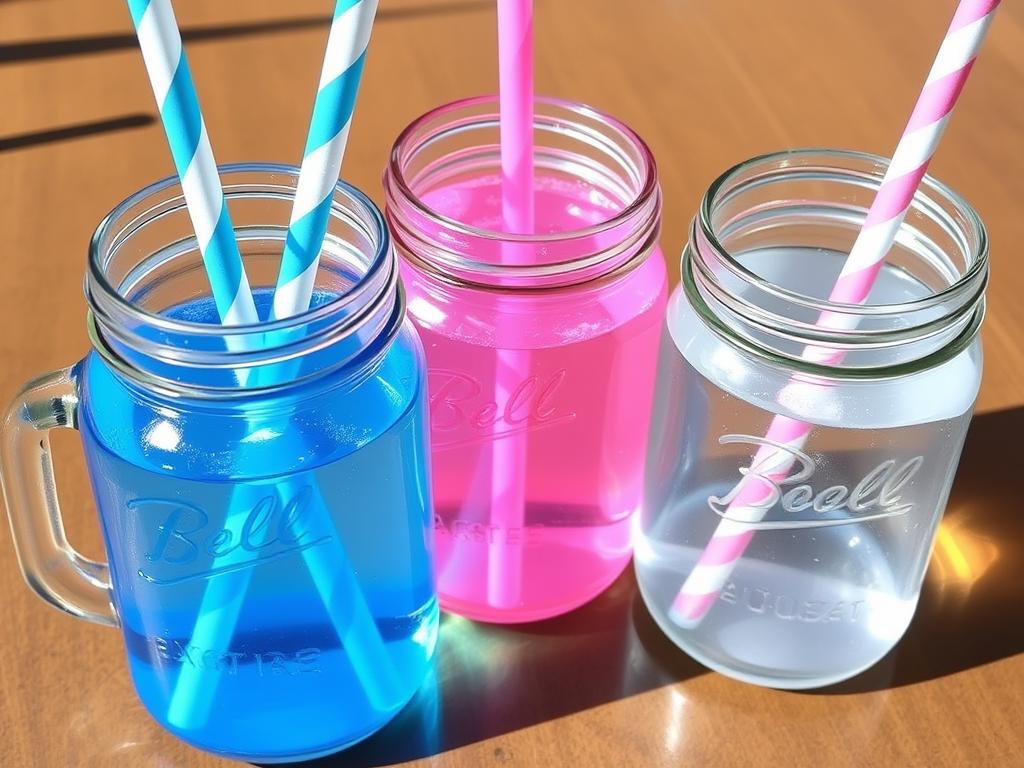
Classic Bubble Games and Activities
These timeless bubble blowing activities require minimal preparation but deliver maximum fun. Perfect for backyard play, birthday parties, or classroom breaks:
Bubble Tag
A bubbly twist on the classic game of tag! One player is “it” and carries the bubble solution. They must blow bubbles toward other players, who become “it” if a bubble touches them. This game encourages running, dodging, and lots of laughter.
Biggest Bubble Contest
Challenge children to create the biggest bubble possible. Provide different types of wands and techniques to experiment with. This activity builds patience and breath control while introducing friendly competition.
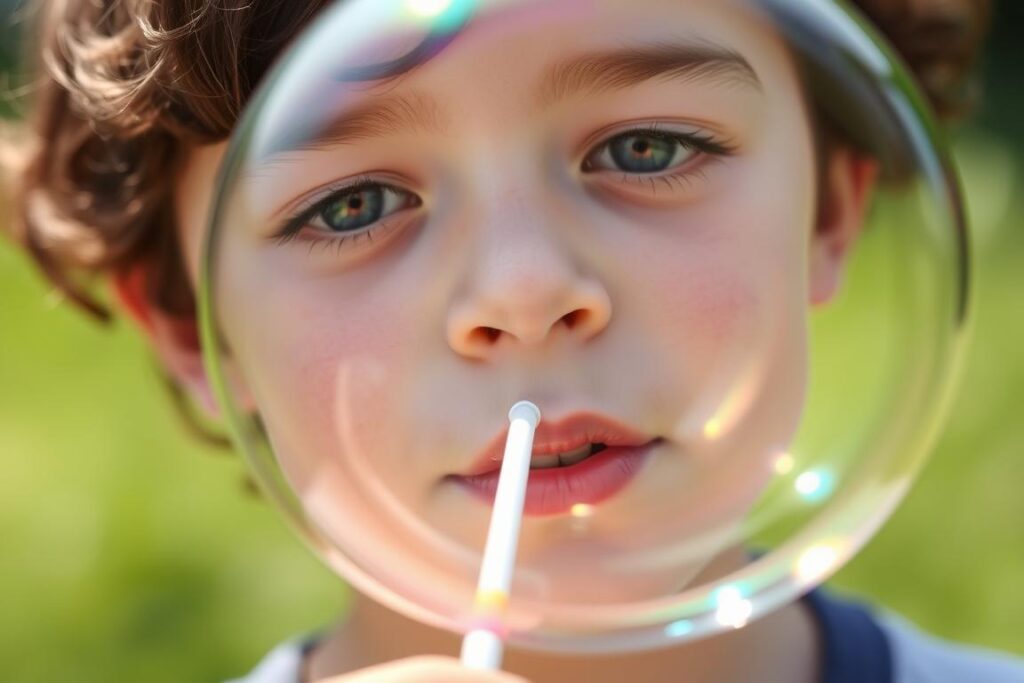
Bubble Pop Race
Blow a stream of bubbles and challenge kids to pop as many as possible before they hit the ground. Count how many each child pops for a fun numerical element. This game builds hand-eye coordination and quick reflexes.
Bubble Freeze Dance
Play music while children dance among floating bubbles. When the music stops, everyone must freeze in place, even if bubbles are landing on them! This activity combines music, movement, and self-control practice.
“Bubble play creates a perfect balance of structure and freedom. Children learn to follow simple rules while expressing their natural joy and creativity.”
Educational Bubble Blowing Activities
Transform bubble play into valuable learning experiences with these STEM-focused activities:
Bubble Science Experiments
Shape Investigation
Create bubble wands in different shapes using pipe cleaners. Ask children to predict what shape the bubbles will be, then observe the results. This introduces concepts of surface tension and teaches that bubbles always form spheres regardless of the wand shape.
Weather Effects
Blow bubbles on different days—windy, calm, humid, dry—and observe how weather conditions affect bubble behavior. Record observations in a simple chart to practice data collection.
Bubble Measurements
Use rulers or measuring tapes to measure bubble sizes. Challenge older children to calculate the approximate volume or surface area of their bubbles using simple formulas.
Sink or Float
Fill a clear container with water and blow bubbles above it. Observe whether bubbles pop when touching water or temporarily rest on the surface. Discuss density and surface tension concepts.
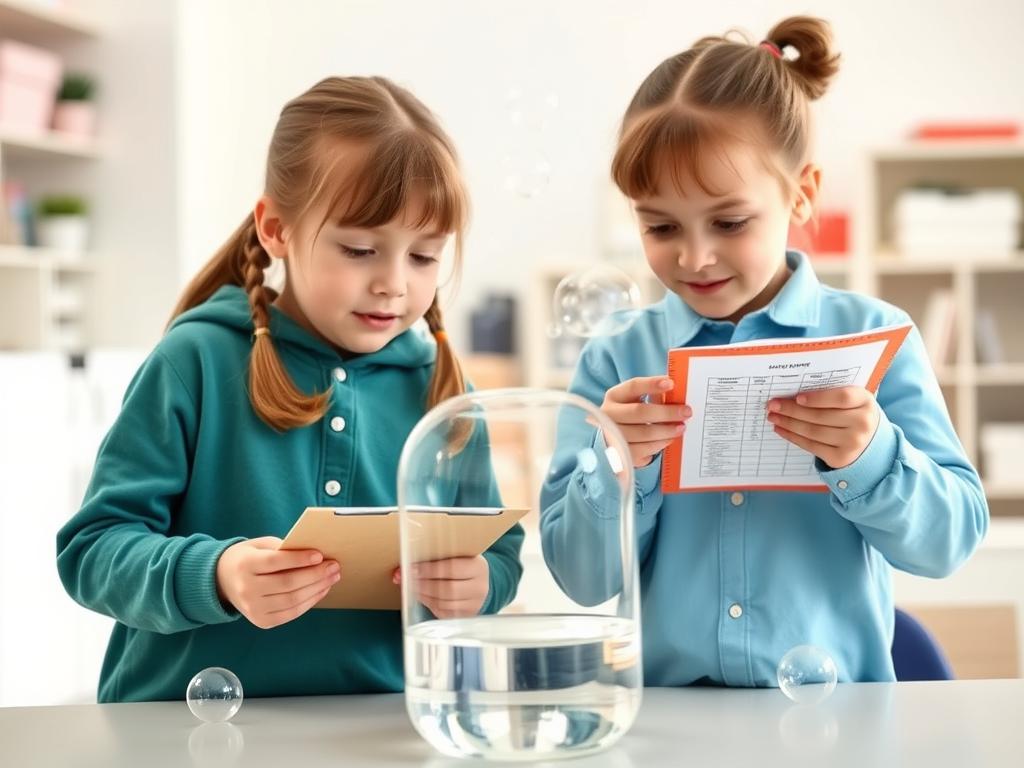
Mathematical Bubble Play
Count bubbles together, estimate how many bubbles a single breath creates, or time how long bubbles last before popping. For older children, introduce concepts like geometry by discussing the perfect spherical shape of bubbles and why they form this way.
Vocabulary Building
Bubble play naturally introduces descriptive language. Encourage children to describe what they see using words like transparent, iridescent, spherical, floating, and fragile. Create a “bubble word wall” with new vocabulary discovered during play.
Creative Bubble Art Projects
Combine art with bubble play for beautiful, unexpected creations:
Bubble Prints
Create colorful bubble prints by adding food coloring or washable tempera paint to bubble solution. Blow bubbles onto paper and watch them pop, leaving behind circular imprints. Layer different colors for a beautiful effect.
Bubble Print Tips: Use heavyweight paper that won’t curl when wet. Place paper in shallow trays to contain mess. Consider using straws for more controlled bubble blowing.
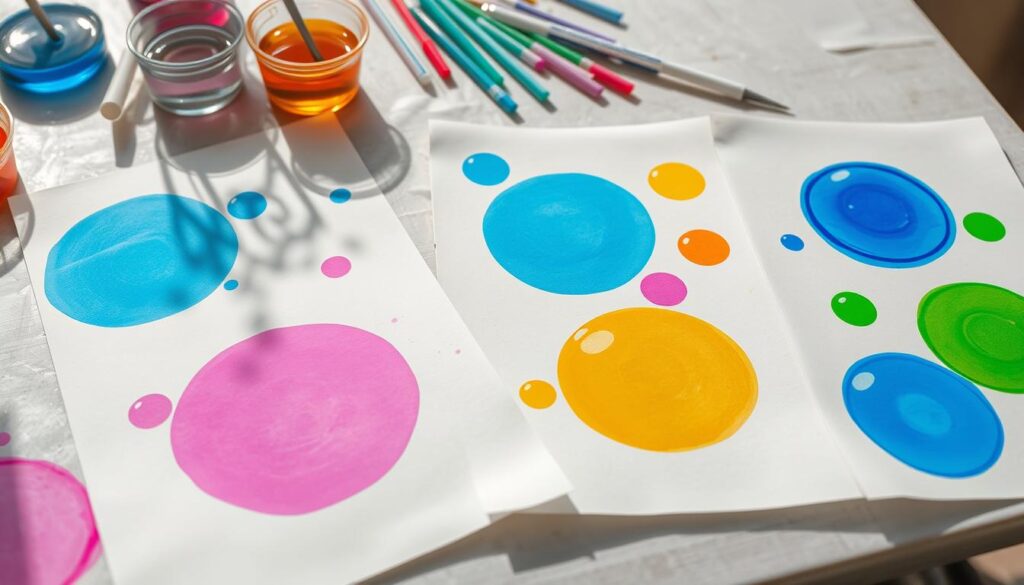
Bubble Sculptures
Create temporary bubble sculptures by carefully stacking bubbles on wet surfaces. While these won’t last long, they introduce concepts of architecture, balance, and impermanence in art.
Bubble Photography
For older children, introduce bubble photography. Capture close-up images of bubbles to reveal their rainbow-like surface patterns. This activity combines science, art, and technology while teaching patience and timing.
Setting Up Outdoor Bubble Stations
Create an engaging bubble play environment with these station ideas:
Giant Bubble Station
Create a station for making enormous bubbles using:
- Homemade giant bubble wands from string and dowels
- Shallow trays for bubble solution
- Glycerin-enhanced bubble solution
Place this station in an open area where children can move freely without obstacles.
Bubble Tool Exploration
Provide a variety of bubble-making tools:
- Commercial bubble wands in different shapes
- Household items like slotted spoons and cookie cutters
- Pipe cleaners bent into creative shapes
- Straws for blow-bubbling
Sensory Bubble Play
Create a sensory-focused station with:
- Bubble wrap for popping
- Bubble machine for continuous bubbles
- Textured gloves for catching bubbles
- Colored bubbles for visual stimulation
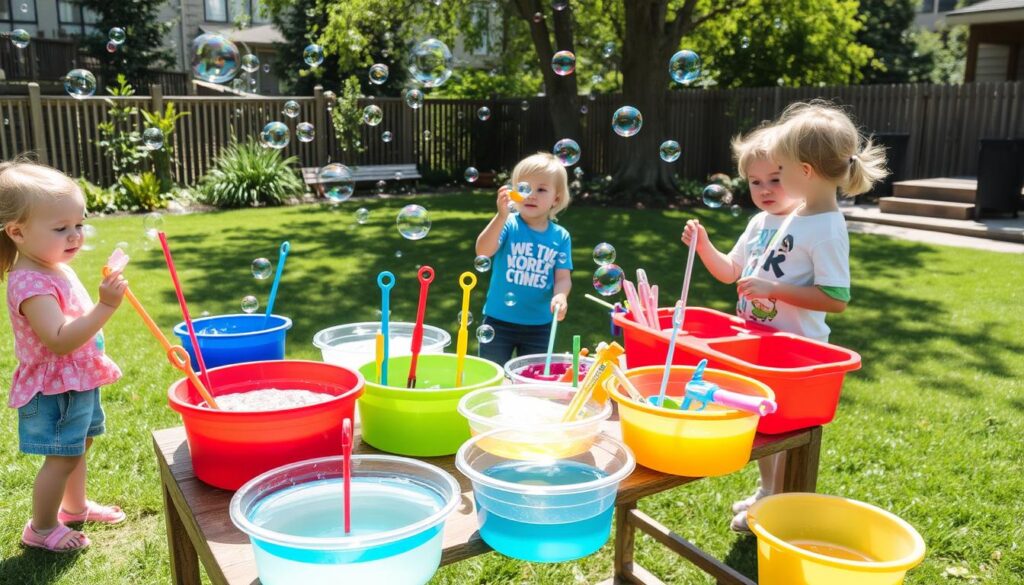
When setting up outdoor stations, consider using plastic tablecloths or shower curtains under bubble areas to minimize slipping hazards. Keep towels nearby for wiping hands and cleaning spills. Position stations on grass rather than decking or concrete when possible.
Group and Party Bubble Activities
These activities are perfect for birthday parties, classroom celebrations, or playdate gatherings:
Bubble Relay Races
Divide children into teams for relay races where they must carry a bubble on a wand to a finish line without popping it. This teaches gentle movement and patience while adding excitement.
Bubble Snake Blowers
Create bubble snake blowers using empty water bottles with the bottoms cut off and a washcloth secured with a rubber band over the cut end. Dip the cloth end in bubble solution and blow through the mouthpiece to create bubble “snakes” that can grow several feet long!
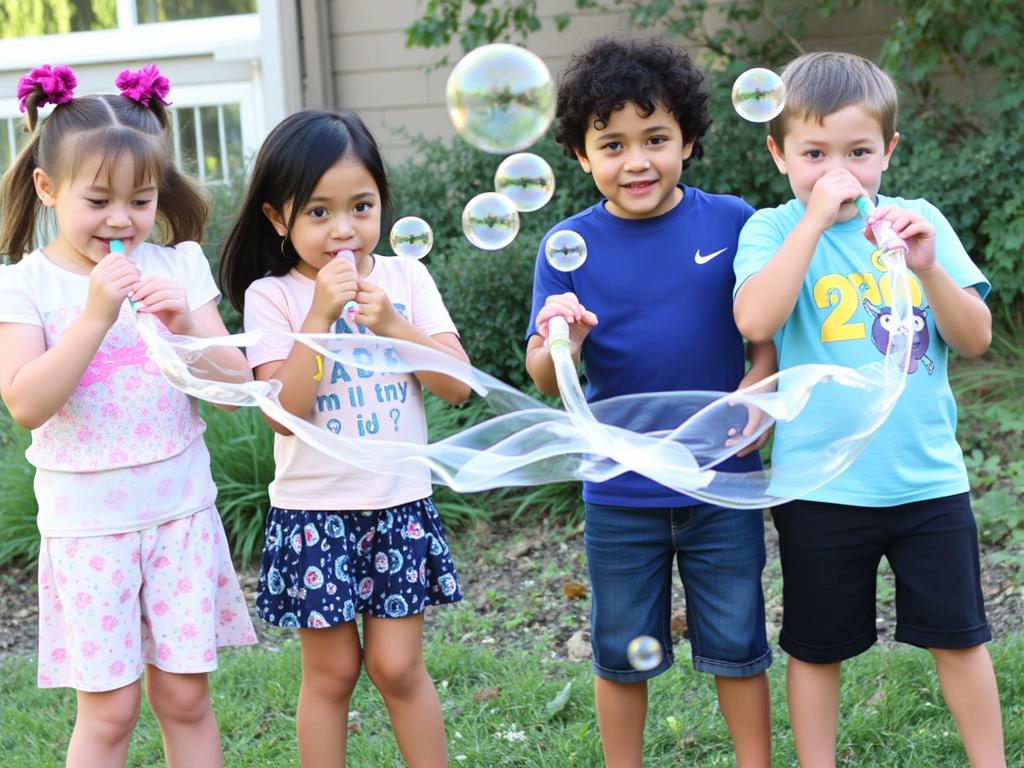
Bubble Wishes
For a calming group activity, have children whisper a wish or kind thought into a bubble before releasing it. This adds a mindful, reflective element to bubble play and can be especially meaningful at the end of a party or school year.
Bubble Dance Party
Combine music and bubbles for an energetic activity. Use a bubble machine or have adults continuously blow bubbles while children dance through them. Add colored lights for an extra special effect at evening events.
Bubble Play Safety Tips
Keep bubble activities safe and enjoyable with these important precautions:
Always supervise young children during bubble activities. While bubble solution is generally non-toxic, it shouldn’t be ingested and can cause eye irritation.
Solution Safety
- Use tear-free baby shampoo for very young children
- Keep bubble solution away from eyes and mouth
- Label homemade solutions clearly
- Avoid adding too much food coloring, which may stain
Environmental Safety
- Place towels or mats under indoor bubble play areas
- Choose grassy areas over concrete to prevent slipping
- Keep bubble activities away from stairs or elevated surfaces
- Consider wind direction when blowing bubbles outdoors
For children with sensory sensitivities, introduce bubbles gradually and be mindful that some children may be overwhelmed by the sensation of bubbles popping on their skin. Always respect individual comfort levels and provide alternatives for children who may not enjoy direct contact with bubbles.
Essential Bubble Supplies
While homemade solutions and tools work wonderfully, these specialized products can enhance your bubble play experience:
Premium Bubble Play Kit
Get everything you need for amazing bubble activities in one convenient kit. Includes no-spill containers, wands in multiple shapes, glycerin-enhanced solution, and activity cards with bubble game ideas.
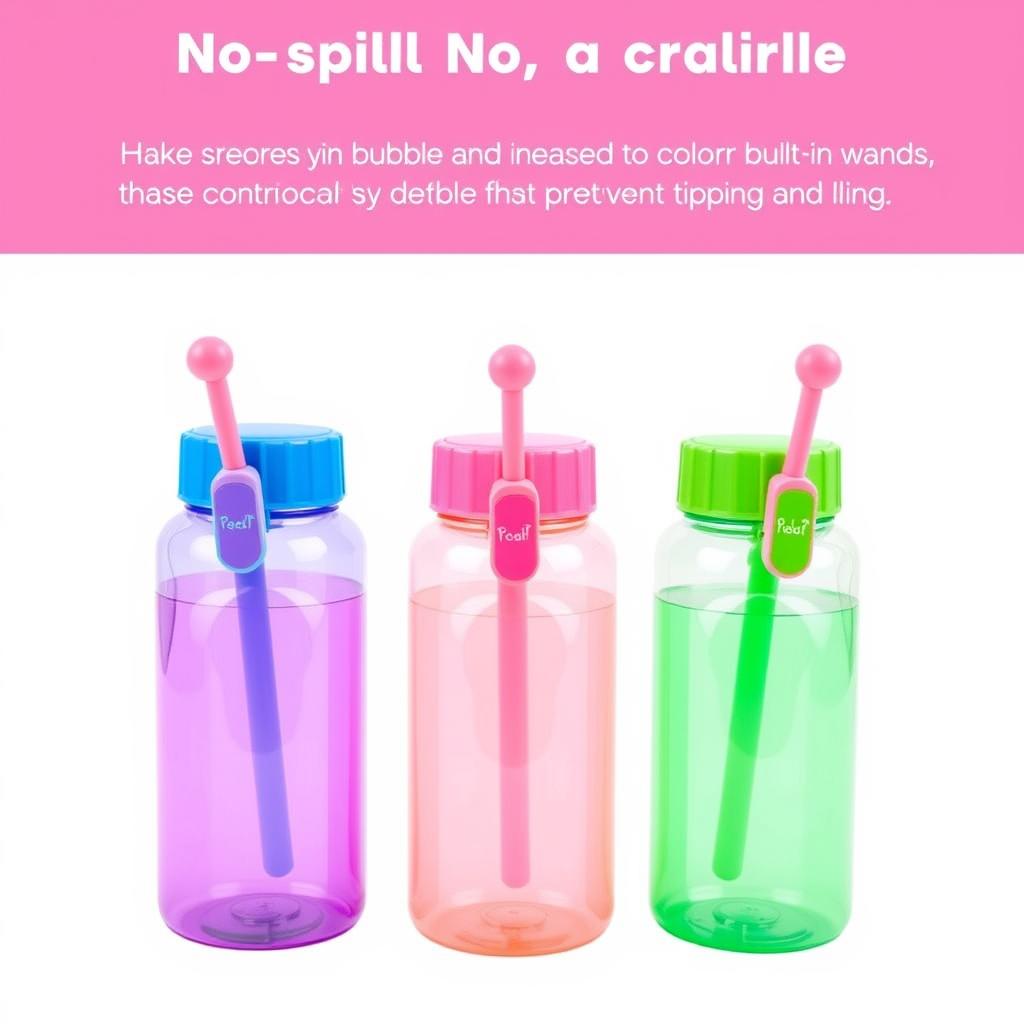
No-Spill Bubble Containers
These specially designed containers prevent messy spills and make bubble play more accessible for younger children. The built-in wands and secure caps make independent play possible.
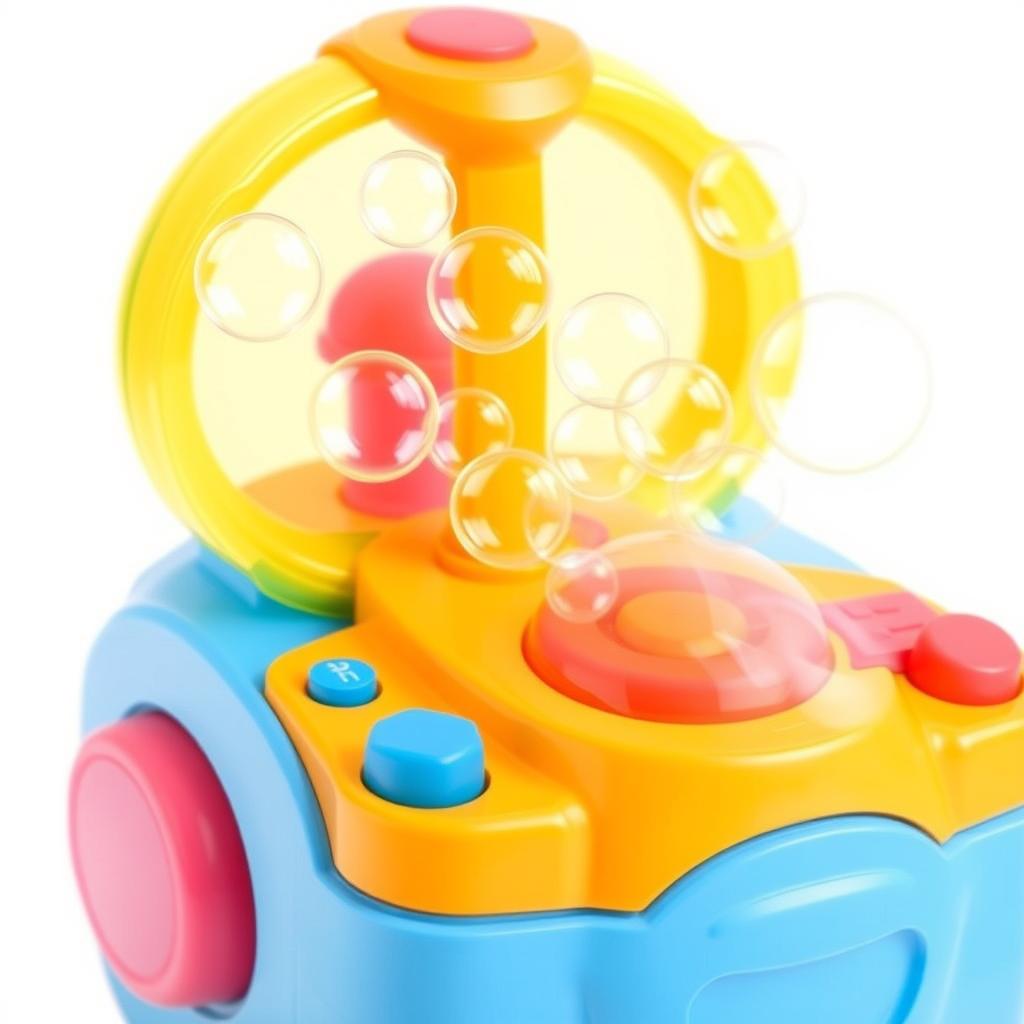
Automatic Bubble Machine
Perfect for parties or when you want continuous bubbles without the effort. These machines create streams of bubbles with the push of a button, freeing adults to participate in other aspects of play.
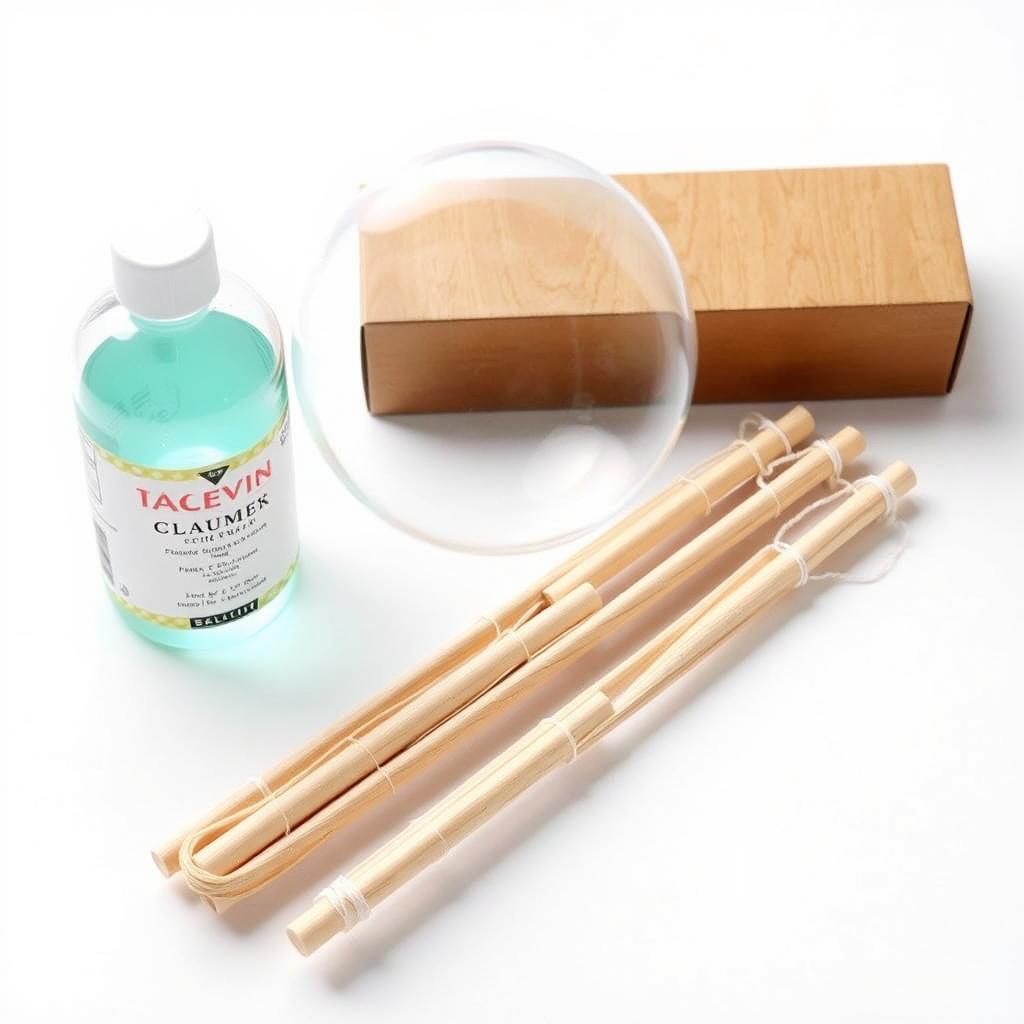
Giant Bubble Wand Kit
Create enormous bubbles that will amaze children with these specialized wands and solution. The kit includes everything needed to make bubbles several feet long, perfect for outdoor play.
Embracing the Joy of Bubble Blowing Activities
Bubble blowing activities offer a perfect blend of simplicity and wonder. They remind us that the most meaningful childhood experiences often come from the simplest sources. As bubbles float through the air, they create moments of shared joy, learning, and connection between children and their caregivers.
Whether you’re creating homemade bubble solution on a rainy afternoon, setting up elaborate outdoor bubble stations for a summer party, or incorporating bubbles into classroom science lessons, you’re providing children with valuable developmental experiences wrapped in layers of fun. The temporary nature of bubbles also offers gentle lessons about impermanence and living in the moment—philosophical concepts made accessible through play.
So gather your supplies, prepare your space, and get ready to watch children’s faces light up with wonder as they explore the magical world of bubbles. These ephemeral spheres may pop quickly, but the memories and skills they help build will last a lifetime.
How can I make bubbles last longer?
To create longer-lasting bubbles, add glycerin or corn syrup to your bubble solution. These ingredients strengthen the bubble walls. Also, blow bubbles on humid days when there’s less evaporation, and avoid windy conditions that can cause bubbles to pop more quickly.
Are bubble solutions safe for toddlers?
Most commercial bubble solutions are non-toxic but aren’t meant to be ingested. For very young children, consider making your own solution with tear-free baby shampoo. Always supervise toddlers during bubble play and keep solution containers out of reach when not in use.
How can I incorporate bubble activities into school curriculum?
Bubbles can enhance many curriculum areas: science (surface tension, air pressure, light refraction), math (counting, measuring, geometry), art (bubble prints, color mixing), and language arts (descriptive vocabulary, storytelling about bubbles). Create lesson plans that use bubbles as a hands-on way to explore these concepts.

Eduard Kingly is a travel and lifestyle content creator with a focus on personal development and education. He combines firsthand travel experiences with research-driven insights to guide readers in discovering new places, building better habits, and pursuing meaningful learning.

